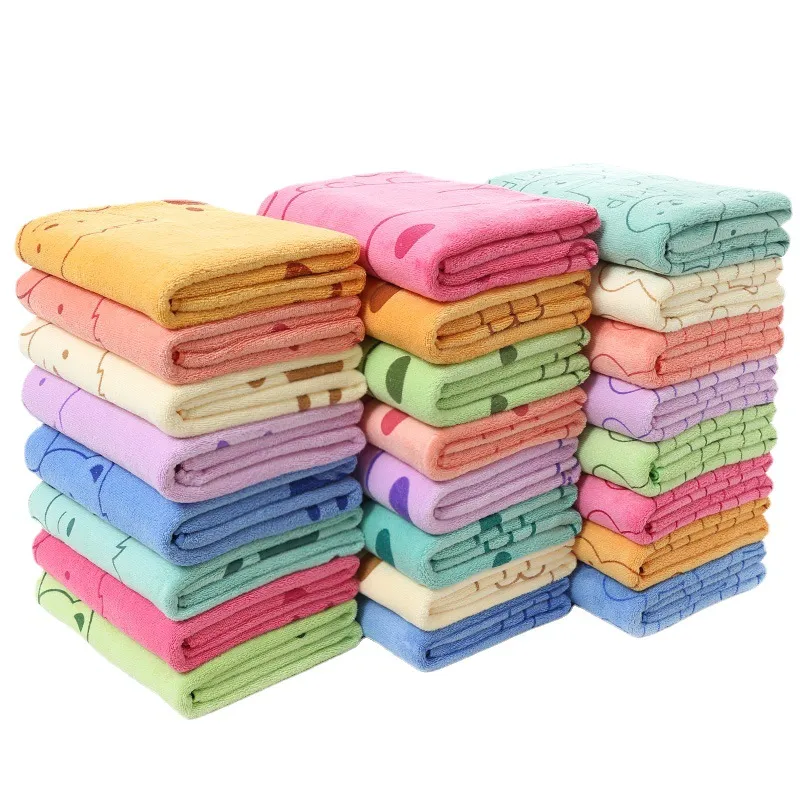wool dryer balls not reducing static
Understanding Why Wool Dryer Balls May Not Reduce Static Electricity
In recent years, wool dryer balls have become increasingly popular as a natural alternative to fabric softeners and dryer sheets. Many households have embraced these eco-friendly tools, appreciating their ability to fluff clothes, reduce drying time, and soften fabrics without the use of harmful chemicals. However, one common concern that users often express is their efficacy in reducing static electricity. If you’ve tried using wool dryer balls but still find your clothes clinging together post-dry, you’re not alone. This article delves into the reasons why wool dryer balls might not effectively reduce static and offers some tips for overcoming this issue.
Understanding Static Electricity
Before discussing wool dryer balls, it’s essential to understand what causes static electricity in laundry. Static cling occurs when two materials rub against each other and become charged due to friction. During the drying process, clothes tumble together, generating static electricity. Synthetic fabrics, such as polyester and nylon, are particularly prone to static cling because they hold onto an electric charge more effectively than natural fibers.
The Role of Wool Dryer Balls
Wool dryer balls are designed to bounce around in the dryer, separating clothes as they tumble and allowing hot air to circulate more efficiently. This action can help reduce drying time and minimize wrinkles. However, when it comes to reducing static, their effectiveness can vary greatly depending on several factors.
Factors Influencing Static Reduction
1. Material Composition While wool dryer balls are made from natural fibers, not all wool is equal. The quality, thickness, and density of the wool can influence how well the balls can manage static. Higher-quality, denser wool dryer balls tend to be more effective at combating static cling because they can absorb moisture and release it back into the dryer, which helps to reduce static buildup.
2. Load Size and Combination of Fabrics The size of the load in the dryer can also impact static levels. A small load may result in more friction between synthetic fabrics, leading to greater static cling. Conversely, a larger load allows dryer balls to circulate better, potentially reducing friction and static. Additionally, mixing natural fibers with synthetic ones during drying can help lower static levels, as natural materials typically don’t generate the same amount of static.
3. Dryer Settings and Environment The settings you select, such as the heat level and timed drying, play a role too. High heat may exacerbate static cling as the friction between clothes increases. Furthermore, static is often more pronounced in dry environments, such as during winter months. In these cases, the moisture-absorbing ability of wool dryer balls may diminish, making them less effective.
wool dryer balls not reducing static

4. Moisture Content Wool dryer balls can absorb moisture, but if they dry out or aren’t adequately moistened before use, their ability to reduce static can be compromised. To enhance their performance, consider dampening the dryer balls slightly before tossing them in with your laundry.
Tips for Reducing Static Cling
If you find that your wool dryer balls aren't reducing static as you hoped, there are several strategies you can implement
- Add Moisture Lightly spritz your clothes with water before putting them in the dryer. Alternatively, toss in a damp washcloth. The added moisture can help neutralize static.
- Use Vinegar Adding half a cup of white vinegar during the rinse cycle can help soften fabrics and reduce static cling when they’re dried.
- Combine Natural and Synthetic Fabrics Mixing clothing types during drying can balance the charge and lower static buildup.
- Use Essential Oils Some users find that adding a few drops of essential oils to their dryer balls can help with static reduction, in addition to providing a pleasant scent.
Conclusion
While wool dryer balls can be an excellent addition to your laundry routine, managing static electricity might require some additional methods and adjustments. Understanding the factors that contribute to static cling, such as the type of fabric, load size, and environmental conditions, can empower you to achieve the best results. With these tips, you can enjoy the benefits of wool dryer balls while minimizing static cling, promoting a fresher laundry experience.
-
What Makes Felt a Great Choice?NewsNov.19,2024
-
Total Mixed Ration (TMR) Feed for CattleNewsNov.19,2024
-
The Ultimate Guide for Felt Polishing WheelsNewsNov.19,2024
-
Industrial Felt for Various ApplicationsNewsNov.19,2024
-
Felt Makeup Bags and Inserts BagsNewsNov.19,2024
-
Choosing the Right Hotel TowelsNewsNov.19,2024
-
Your Go-To Guide For Affordable Wholesale Wool FeltsNewsOct.31,2024







